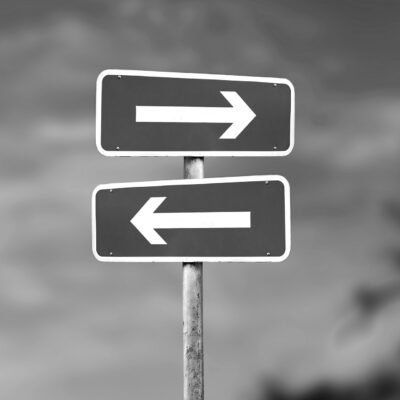Designing New Habits

I believe that both excellent and sub-optimal business performance is a consequence of the habits of those involved. When discussing sub-par performance, a strategy that is not working or a set of ‘red KPIs’, it does not take long to identity dysfunctional habits, routines and unconscious behaviour that drives bad outcomes.
The neuroscientific evidence suggests that over 97% of human action is driven by habitual, unplanned and ‘autopilot’ behaviour. If this was not the case, we would spend all day weighing up which hand to use to pick up our toothbrush or thinking through the myriad of steps involved in reversing off our drive each morning. Along with essential and efficient habits, throughout our careers we pick up and embed thousands of dysfunctional habits which lead us to make bad decisions, make unhelpful judgements or disengage and upset customers, stakeholders and team members.
A regular feature of coaching is to point out a dysfunctional habit, and to be met with the response ‘really, is that what I was doing?’ The good news is that with the right process, habits can be unlearnt, redesigned and re-embedded to move from being dysfunctional to be constructive. This is both the most practical way of changing behaviour, and the most sustainable.
People protect what they build, so to be something that leaders embrace and sustain, they must redesign and re-embed habits themselves.
People protect what they build, so to be something that leaders embrace and sustain, they must redesign and re-embed habits themselves. The general approach to coaching new habits follows the pattern below:
- Identify the habit that you want to build (sometimes it is easier to reflect on a meeting, conversation or outcome that has not gone as you would have wanted)
- Define a new routine (the way you would want to apply the habit). In the first iteration, this may only have a few steps, but this should be detailed enough for someone else to follow the routine in the way you would want it done.
- Work on the ‘Cue’. This needs to be a trigger which means that you will follow the routine. Often, this involves things like scheduling the routine, or identifying where in a particular scenario the issue is likely to arise.Now it is time to experiment and try it out for the first time. After the first experiment…
- Reflect on what happened and why it may not have delivered exactly what you wanted. This may be that the routine needs refinement, but often it is because there are subconscious, or structural barriers that are stopping the habit delivering. These are all things that you need to be aware of, and rethink.
- It is sometimes helpful at this stage to codify the reward – the positive that you feel when it does lead to some success. This can motivate you to keep practicing.
Most activity in a business can be seen as a habit, or a series of habits and can therefore be redesigned to drive a different outcome. Coaching enables the necessary critical reflection, supports the process of habit design and supports the iterative processes surrounding practice and relearning.










